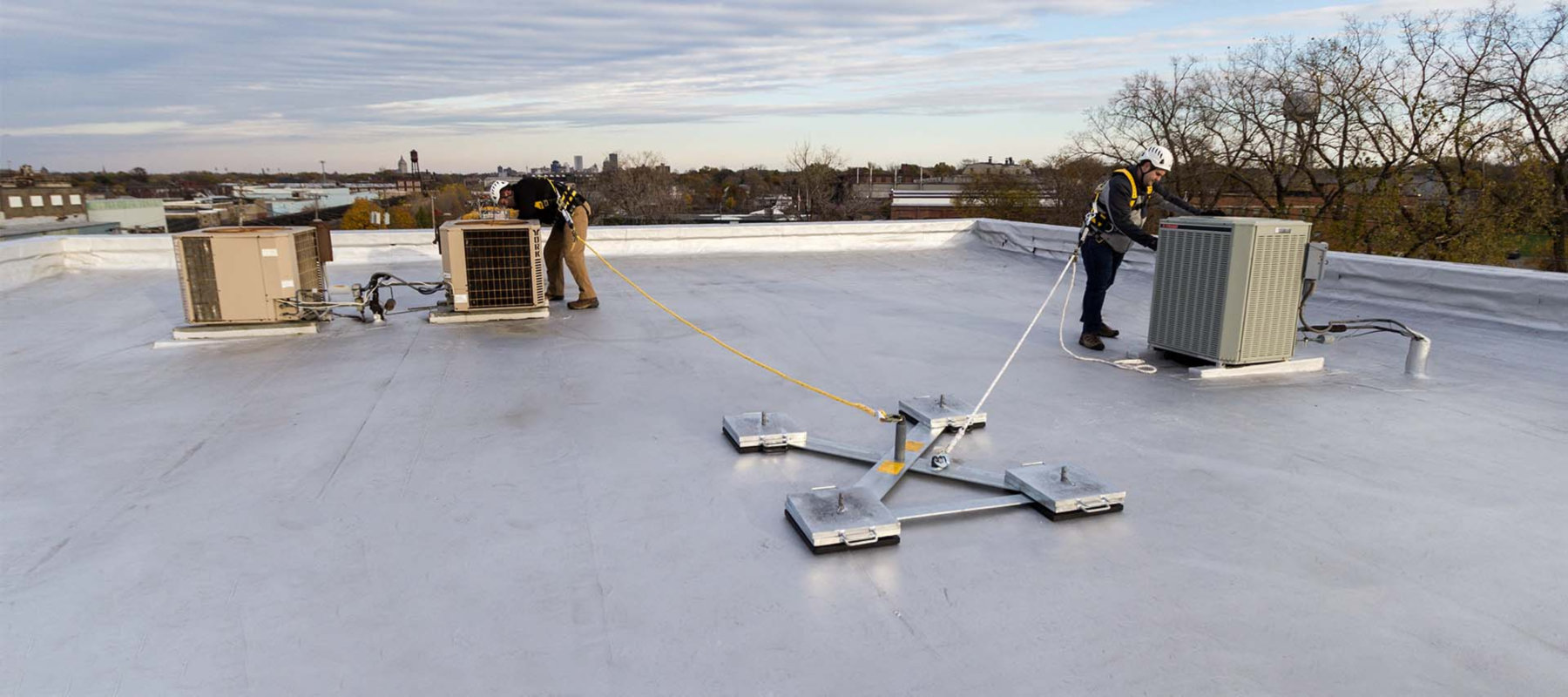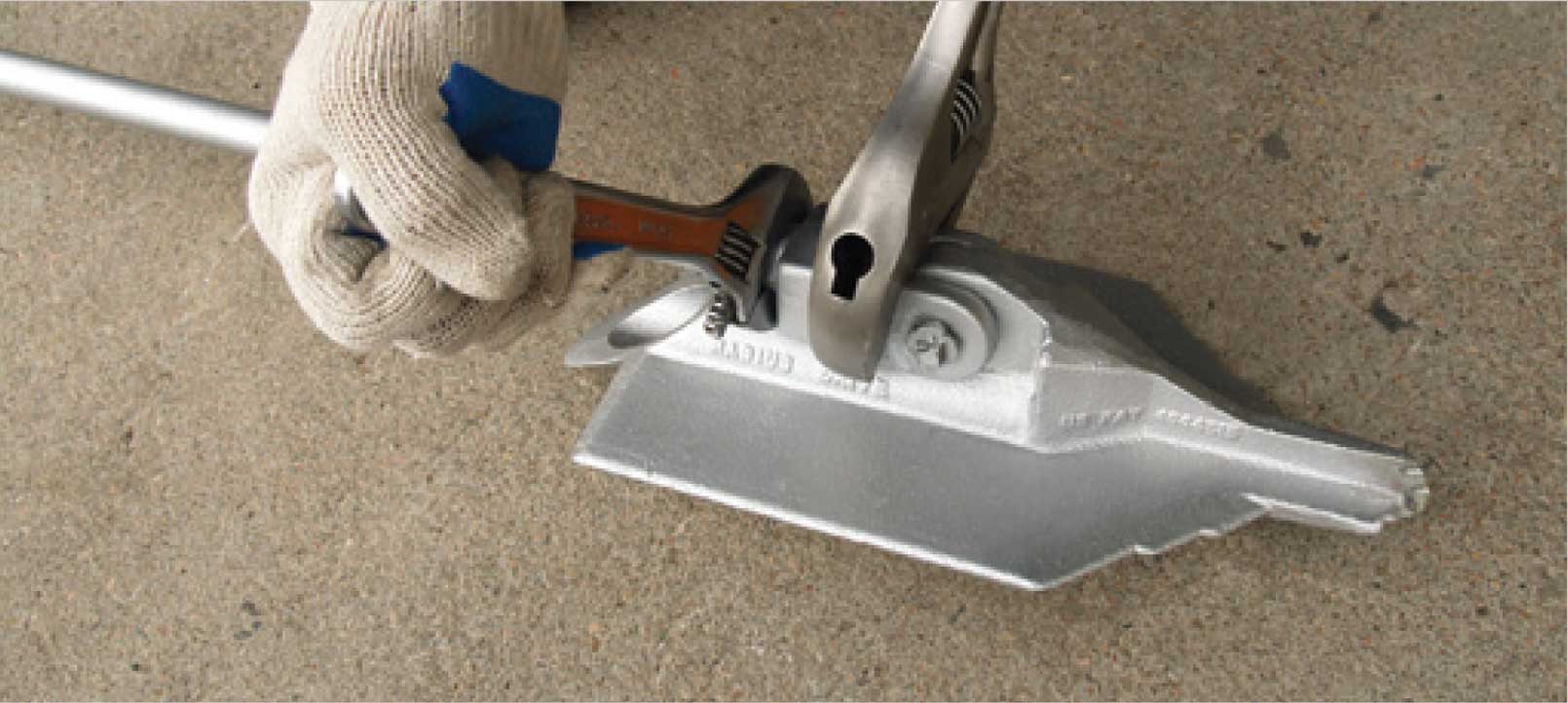How to Guarantee Long-Term Stability with an Earth Anchor System
Wiki Article
Effective Support Equipments Designed for Optimum Strength
The style of effective anchor systems is crucial in guaranteeing maximum strength and reliability throughout different applications, especially in civil and marine engineering. As we explore the various kinds of support systems and the materials that underpin their efficiency, it comes to be noticeable that the future of securing technology might hold even greater developments.Value of Support Solutions
Anchor systems play a critical function in various applications, from aquatic construction to offshore exploration and also in the stability of frameworks on land. In marine settings, supports are important for mooring vessels, protecting against drift due to wind, currents, or waves.In addition to aquatic applications, anchor systems are crucial in civil design, specifically in the building and construction of maintaining wall surfaces, bridges, and structures in geologically difficult locations. These systems assist disperse lots successfully, counteracting pressures such as soil pressure and seismic activity. The value of support systems encompasses the sustainable power field, where they secure wind generators and offshore platforms, contributing to the stability and effectiveness of power generation.
Inevitably, the effectiveness of an anchor system is fundamental to the safety, sturdiness, and capability of numerous frameworks, making their layout and execution a crucial component in engineering and building practices across multiple industries.
Innovative Materials in Anchor Design

Modern developments in products scientific research have substantially changed anchor layout, improving efficiency and sturdiness. The unification of high-strength alloys and composite materials has actually caused supports that can stand up to extreme ecological conditions while maintaining structural stability. These ingenious materials not just offer premium tensile stamina yet likewise reduce weight, enhancing simplicity of setup and handling.
One notable advancement is using carbon fiber strengthened polymers (CFRP), which provide exceptional corrosion resistance and high strength-to-weight ratios. This enables the layout of anchors that are both light-weight and exceptionally durable, making them suitable for marine applications where direct exposure to saltwater can cause product degradation.
In addition, advancements in finishes-- such as sophisticated epoxy and galvanization-- more protect metal supports from deterioration, extending their life span. These layers can be tailored to meet certain ecological challenges, making sure that supports execute reliably also in rough conditions.
Additionally, the combination of clever products, which can adjust to transforming loads and environmental elements, is paving the method for future support layouts. These growths emphasize a fad in the direction of greater efficiency and reliability in anchoring services, ultimately improving security across different applications.
Types of Effective Anchor Systems
Efficient anchoring solutions are important for guaranteeing stability and safety in various applications, from construction to marine procedures. Numerous kinds of effective anchor systems stand apart for their efficiency and versatility to different environments.One preferred kind is the screw support, which uses a helical style to offer superior holding power in dirt and soft ground. These supports are especially helpful in temporary frameworks and can be conveniently eliminated and reused.
An additional utilized system is the driven stack anchor, usually utilized in marine and hefty construction tasks. These anchors are driven deep into the ground, providing superb resistance to lateral pressures, making them suitable for supporting huge frameworks.
For marine applications, the mooring buoy support system is necessary. This system consists of resilient devices linked to supports on the seabed, permitting vessels to remain secure while reducing drag from currents and winds.
Lastly, the deadweight support system counts on heavy weights to provide security and is frequently utilized in overseas setups. Each sort of anchor system is made to satisfy specific demands, ensuring the security and integrity of structures and vessels in numerous conditions.
Safety Specifications and Rules
Ensuring the security and dependability of securing systems entails adherence to stringent security criteria and guidelines. These criteria are developed by various organizations, including the American Society for Testing and Materials (ASTM), the International Organization for Standardization (ISO), and regional building regulations. Conformity with these laws is crucial to guarantee that anchoring systems can endure environmental anxieties and tons, lowering the threat of failing.Examining and certification processes are fundamental components of safety standards. Anchoring systems must undergo rigorous assessments, including tensile strength examinations, exhaustion examinations, and ecological effect assessments. These tests help determine the systems' efficiency under real-world problems, ensuring they meet or exceed the required safety and security limits.
Additionally, makers are needed to offer detailed requirements and guidelines for setup and maintenance, which are integral to promoting safety standards. Routine evaluation and maintenance protocols have to additionally be developed to identify potential weak points gradually.
Future Patterns in Anchor Modern Technology
The future of anchor technology is positioned for considerable advancements, driven by the raising demand for enhanced security and performance in building and construction and engineering applications. Innovations are anticipated in materials, layout, and setup techniques, which will certainly enhance the stamina and resilience of support systems.One emerging fad is the assimilation of clever innovation into support systems. Earth Anchor. By incorporating sensing units, these systems can keep track of stress and anxiety, tons, and ecological conditions in real-time, permitting proactive upkeep and increased integrity. Additionally, improvements in composite materials may bring about lighter, why not try this out yet stronger supports that can withstand extreme problems, reducing the general weight of frameworks


Moreover, modular anchor systems are gaining grip, permitting simpler installment and adaptability to different task demands. Earth Anchor. As the industry embraces automation, robot installment methods might better simplify the anchoring procedure, improving efficiency and precision
Verdict
To conclude, effective anchor systems play a crucial role in making certain the security Discover More and safety of civil and aquatic engineering jobs. The incorporation of cutting-edge materials and progressed styles considerably enhances holding power and resistance to different environmental obstacles. Adherence to security standards and laws even more highlights the relevance of dependability in support systems. As innovation remains to progress, future trends are anticipated to focus on wise monitoring remedies and sustainable products, paving the method for enhanced efficiency and longevity.The style of reliable anchor systems is important in ensuring optimal toughness and reliability throughout numerous applications, check this particularly in civil and aquatic engineering. As we explore the various kinds of support systems and the materials that underpin their efficiency, it ends up being noticeable that the future of anchoring innovation might hold also greater improvements.Making certain the security and dependability of securing systems entails adherence to rigorous safety requirements and guidelines.In verdict, reliable support systems play an important role in guaranteeing the stability and security of marine and civil design tasks. Adherence to safety and security criteria and laws further underscores the significance of reliability in support systems.
Report this wiki page